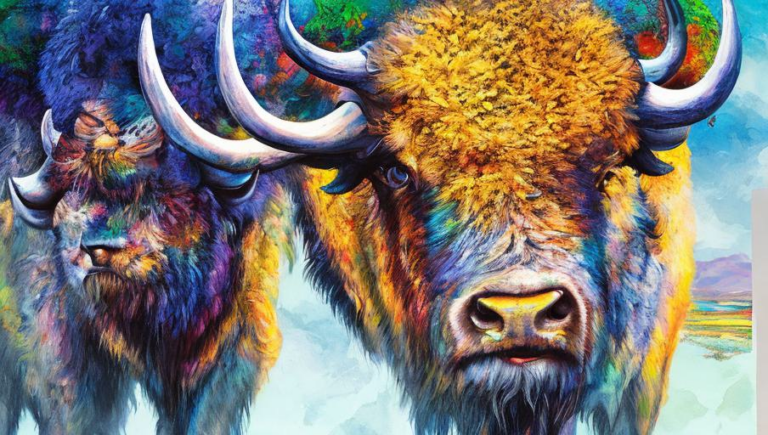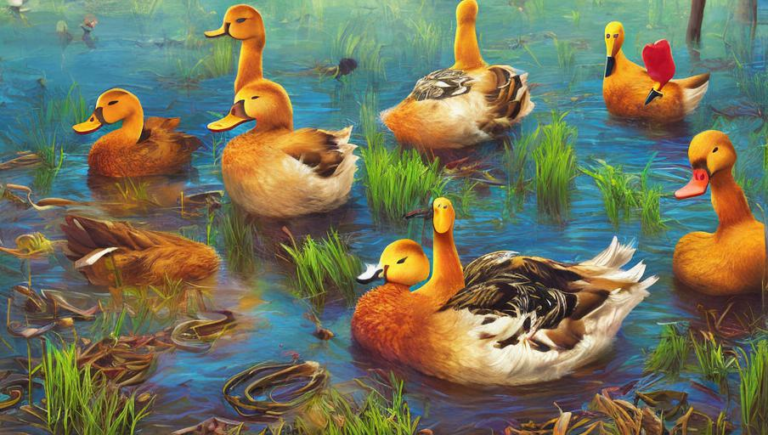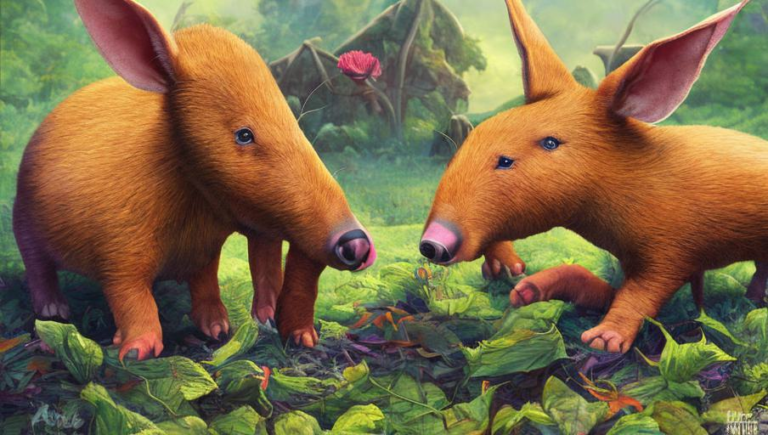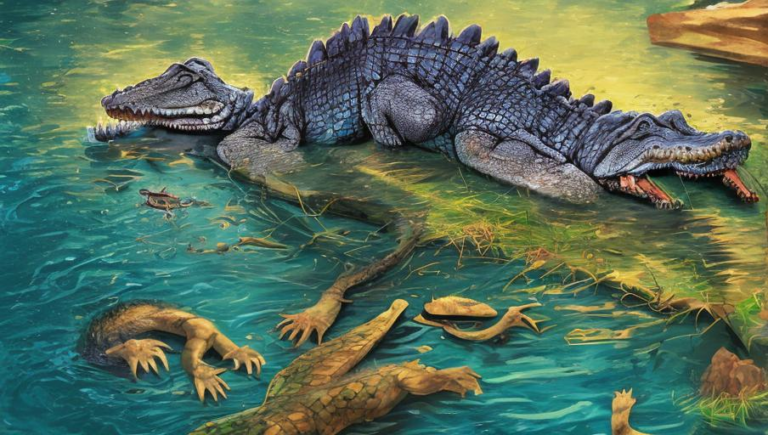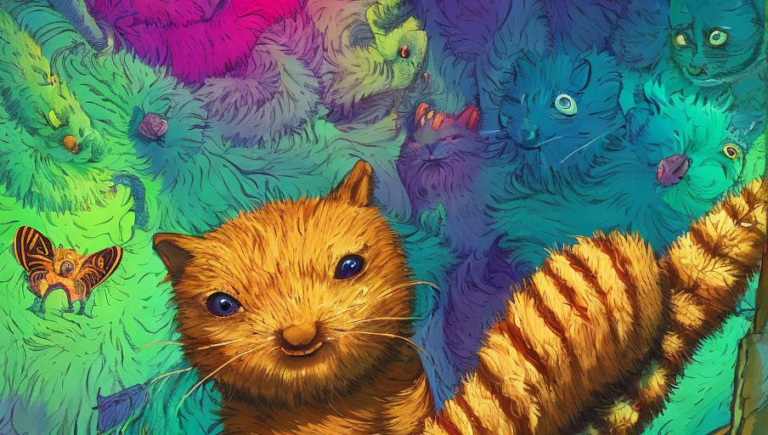Understanding the Life Cycle of the Butterfly
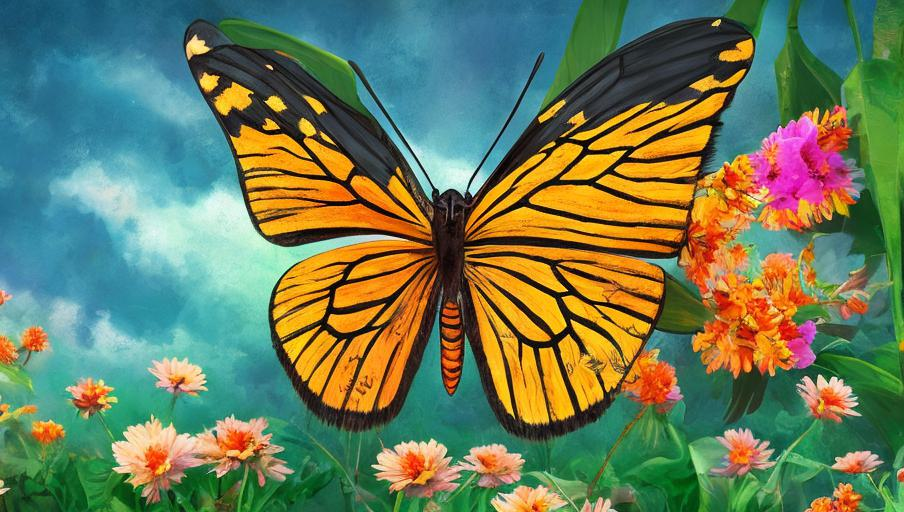
Introduction to the Butterfly
The butterfly is a beautiful and fascinating creature that has been captivating people for centuries. They are found in many parts of the world, from tropical rain forests to more temperate climates. Butterflies can be found in all shapes, sizes, and colors, with some species having wingspans that reach up to 11 inches. While they may be small, they are incredibly important to the environment as pollinators, helping to spread pollen from flower to flower and ensuring the survival of certain species of plants.
Butterflies have four stages in their life cycle: egg, larva (caterpillar), pupa (chrysalis), and adult. Each stage has its own unique characteristics and challenges that the butterfly must overcome. In this article, we’ll explore the life cycle of the butterfly in detail and discuss the importance of each stage.
Egg Stage
The first stage of a butterfly’s life cycle is the egg. Female butterflies lay eggs on the underside of leaves and stems of plants that will be the food source for the larvae. The eggs are usually small and white, and they can be difficult to spot. The eggs usually hatch within a few days, depending on the species and the temperature.
Larva (Caterpillar) Stage
Once the eggs hatch, the larvae (caterpillars) emerge. Caterpillars are voracious eaters, and they spend most of their time eating the leaves of their host plants. As they eat, they grow and molt several times, shedding their exoskeleton as they do. The larvae stage can last from a few weeks to several months, depending on the species.
Pupa (Chrysalis) Stage
Once the caterpillar has grown to its full size, it will enter the pupal stage, also known as the chrysalis. During this stage, the caterpillar will spin a silk case around itself and enter a state of dormancy. Inside the chrysalis, the caterpillar will undergo an amazing transformation, called metamorphosis, where its body will change into the body of an adult butterfly. This stage usually lasts from two to four weeks.
Adult Stage
Once the butterfly has emerged from the chrysalis, it is now an adult. The adult butterfly will spend its time feeding on nectar and other liquids from flowers, mating, and laying eggs. The adult stage is the longest of the butterfly’s life cycle, and can last anywhere from a few weeks to several months, depending on the species.
Conclusion
The life cycle of a butterfly is an incredible and fascinating process to observe. It starts with a tiny egg and ends with a beautiful, flying insect. Each stage of the life cycle is important, and understanding the process can help us better appreciate the beauty of these creatures and the importance of their role in the environment.
